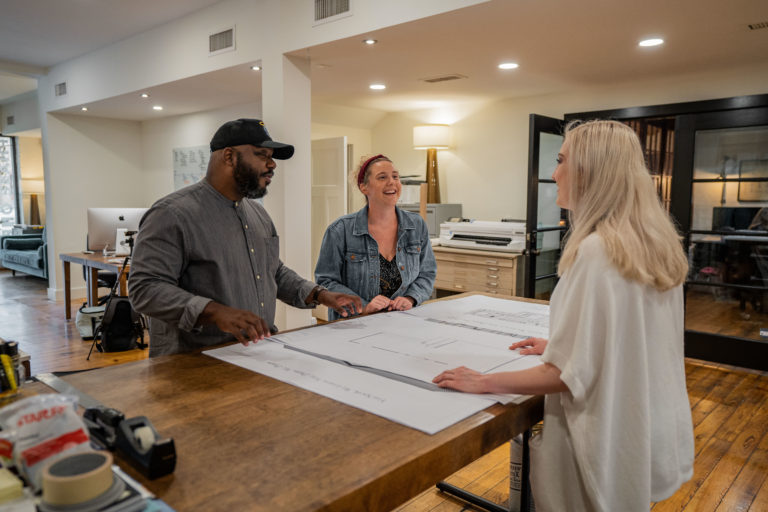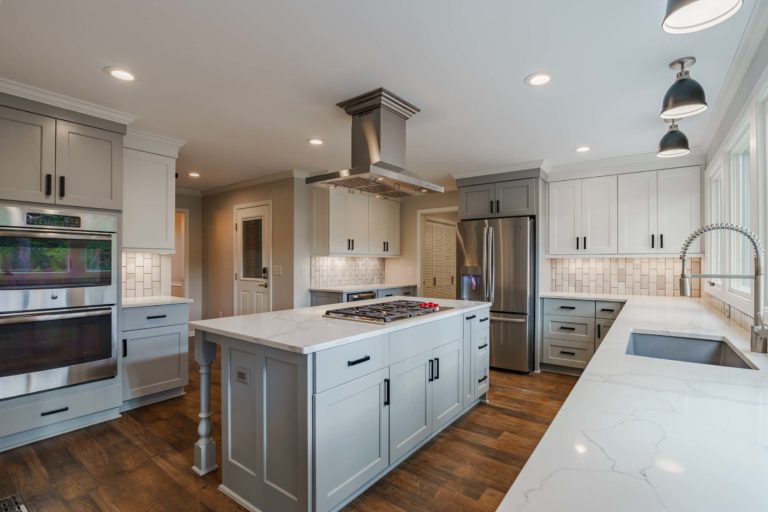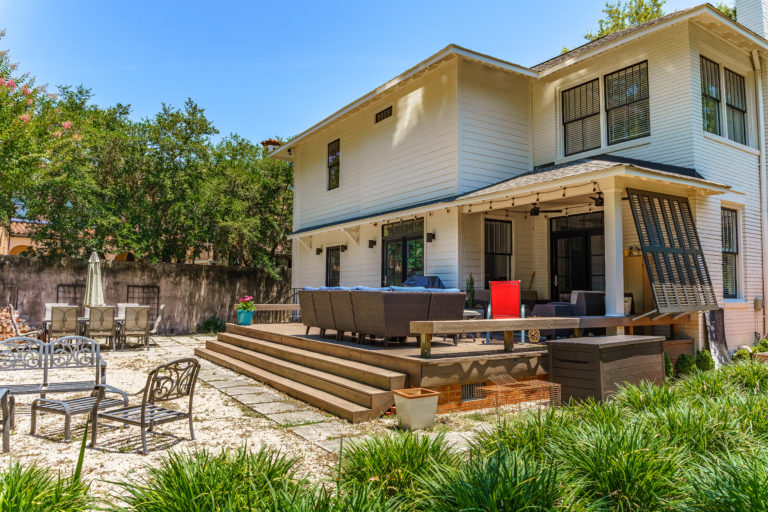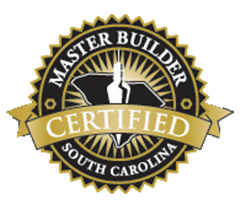In the popular comedy, “The Money Pit,” starring Tom Hanks and Shelly Long (1986), an unsuspecting young couple buys an old mansion at an incredibly low price without doing much checking into the extent of work needed for this major home remodel.
They think they found their dream home. But their dream quickly becomes a nightmare of epic proportions.
The bathtub falls through the floor. The staircase and chimney collapse. They pour money into the problems, but it seems like a never-ending black hole. The house practically destroys their lives, relationship, finances, and sanity.
A movie about remodeling disasters is entertaining. In real life, though, no one wants to sign up for a never-ending money pit situation.
We’d like to help keep your remodeling endeavors from becoming a money pit by sharing how to avoid these eight budgeting mistakes on your renovation project.
1. Not prioritizing your home remodeling needs.
If you want to run a marathon in six months, you have to formulate your training plan so you can reach that goal before you start running practice.
A house remodeling project is similar. It’s a good idea to figure out what you want to accomplish at the very beginning of the process.
Questions to consider with your home renovation project:
- What are all the goals of this project?
- What things must be done and are non-negotiable?
- In what areas are you willing to compromise?
- In what areas are you willing to splurge?
2. Having no set budget at the beginning.
People sometimes run into headaches when they don’t settle on a solid maximum budget amount from the get-go. It’s easy to just keep adding more and more things to the list a little here and a little there and then get in over your head.
Have a “sit-down” with your spouse before you begin the design phase of your renovation project where you get real about the numbers.
Determine a very firm maximum number for your budget that you are both completely happy with. Then build your plan around that number.
3. Expecting miracles from an unworkable home remodeling budget.
Many homeowners go into a home renovation project assuming that the project should cost quite a bit less than it actually will. This tends to be especially true when people meet with an architect or home designer and base their budget on those estimates.
Later, when they talk to a contractor and find out what things will actually cost, they sometimes experience sticker shock, heart palpitations. Maybe even fainting.
If you choose a trustworthy team of professionals to help create your dream home, they should be upfront with you. And you should be upfront with them about your maximum budget.
Everyone simply must be on the same page about this so you can avoid nasty surprises.

4. Cutting corners on quality on your major home remodel.
Sometimes people think they can save money on a major home remodel by skimping on quality materials.
While it is true that you can save a bit upfront if you buy cheaper windows that aren’t very energy efficient, you may end up paying a lot more in the long term with heating and cooling costs.
You may not be satisfied with poor-quality products and have to replace them before long, creating unnecessary expenditures.
Consider the long-term costs in all of your calculations.
Lower quality doesn’t necessarily mean lower costs in the long run. The very opposite is often true with home building. A good materials choice may last decades longer than the cheap stuff.
5. Providing no cushion for unexpected expenses.
Just to be safe, consider providing yourself a 20% cushion in case your contractor discovers massive termite damage in the walls or it turns out the entire kitchen subfloor has water damage into the floor joists.
This means, take your total maximum budget number and set aside your cushion.
An older home is like a box of chocolates—you never know what you’re going to get until you bite into it.
To avoid unpleasant surprises, have some exploratory demolition or investigation done before beginning construction to look for potential issues like water damage, termites, or electrical work that is not up to code.
6. Doing things piecemeal instead of all at once with an overarching design plan.
Yes, it may be less expensive at the moment to remodel the kitchen one year. Then do the master bathroom the next. Then the deck and outdoor living space another year. Then replace the windows and doors a few years later.
If you know you want to redo the house in a big way eventually, it may make more sense to hire a professional designer in the beginning. They can help you create a cohesive overall design plan from the start.
With a cohesive design, everything harmonizes with everything else in the home and it won’t look like a poorly planned patchwork quilt.
If you remodel the living space first, then do a kitchen remodel and realize that you want to expand the kitchen design ten feet into the living room, then you may have to rip up expensive hardwood floors that you just installed a year ago.
Then you may realize the color palette you want for the kitchen now clashes with the new paint in the living space and now the entire space has to be painted the new color.
Not the best use of your hard-earned resources.
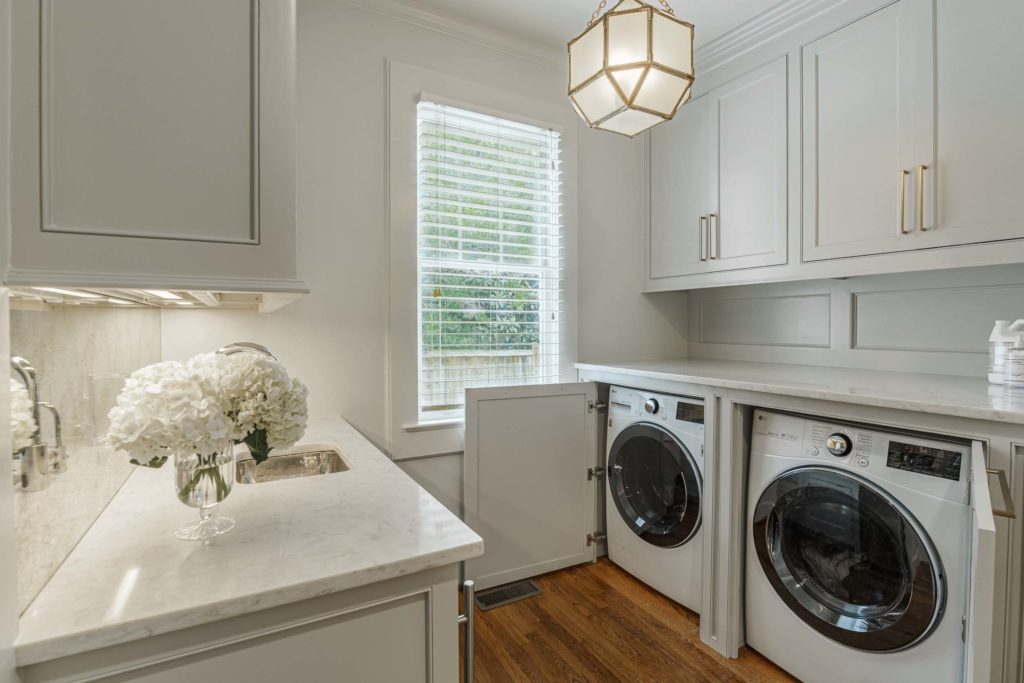
7. Making a lot of changes after the building process starts.
Plan all the work at the beginning, as much as possible. The fewer times you say later, “while you’re at it, how about do this, too…” or “I think I want to change the original plan on this…” the easier it will be to stick to your home renovation budget.
Change orders create delays because new materials have to be ordered. Sometimes they create quite a lot of extra expenses because the new changes don’t go with the old plan. Materials may even have to be torn out and the entire job redone.
For example, if you decide after the kitchen island is installed that you want a bigger island, then the stone countertop will no longer work, the cabinets will likely have to be replaced, and some of the hardwood flooring may have to be ripped out.
These expenses could have been avoided if the change were made in the design phase.
8. Not thinking about living expenses during a major remodel.
Be sure to calculate the costs of staying in an apartment during the reconstruction process or the additional cost of eating out if you won’t have a kitchen but are staying at home.
These costs can add up. So it’s a good idea to fit them into your budget from the beginning.
Then you can breathe easy and enjoy the process without the stress of an out-of-control budget cramping your style.
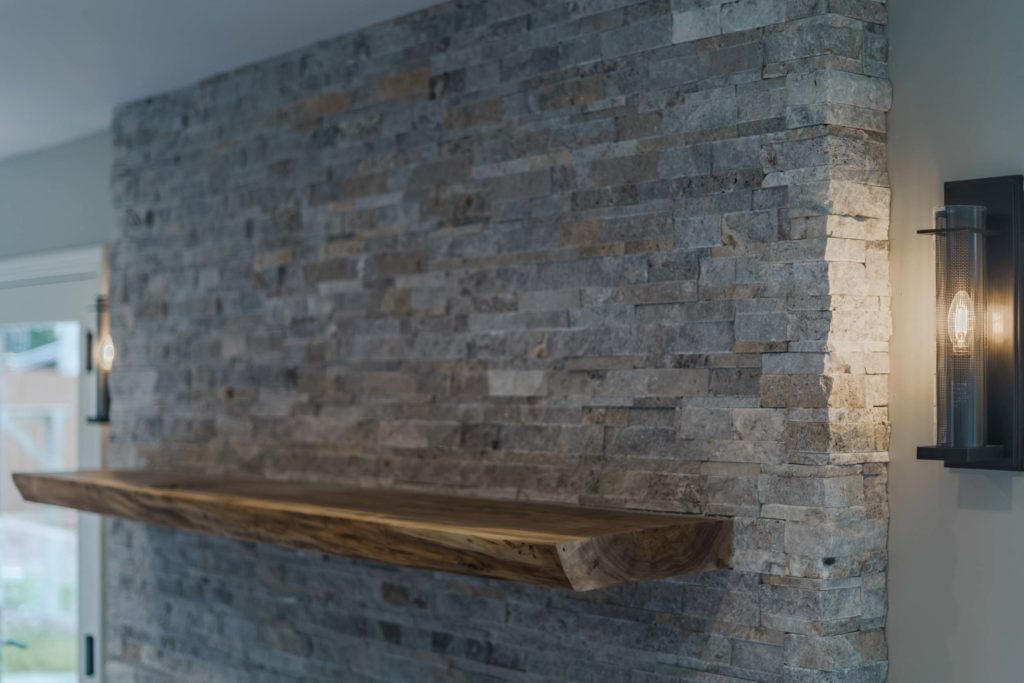
Ready to plan your luxury home remodeling project in South Carolina without costly mistakes?
At Phase One, we walk you through the first phase of your home renovation project—the design part. We help you find and solidify your vision for all the hidden potential in your current home.
Whether you want to add square footage with an addition, renovate your kitchen and bathroom, or completely redesign your home’s floor plan and aesthetics, we’ve got you covered for any specific project you may desire to tackle.
If you’d like, our home design team can also help make the building process a whole lot smoother and less stressful for you, too. Check out our services and our projects gallery of high-end work.
